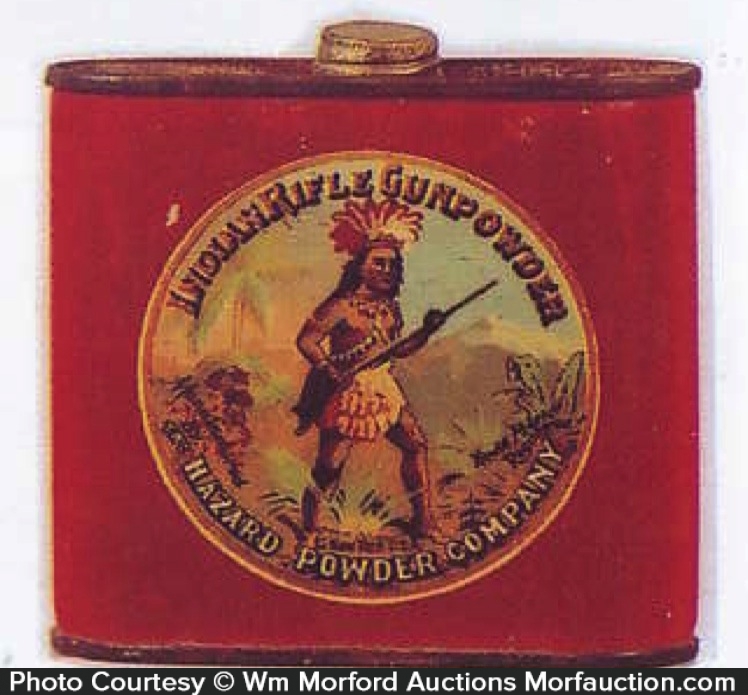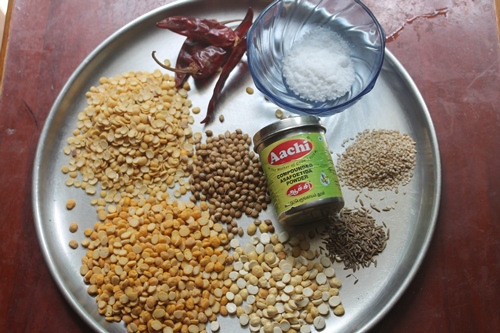Culinary Explosion - The Indian Gunpowder
Written by : Amita Roy
Dated: April 17,2018
Share

Indian Gunpowder or Milagu Podi / Google Images
The word ‘Gunpowder’ evokes images of guns, ammunitions, warfare, bloodshed, violence, defense. But today, I would like to bring to your kind attention that Gunpowder is also used in our Indian cooking. Haha, don’t be scared! But to understand where we are heading, let us have a glimpse of the history of Gunpowder to understand how Gunpowder is an edible product in Indian cooking.
The earliest known written description of the formula for gunpowder, from the Chinese Wujing Zongyao military manuscript that was compiled by 1044 during the Song Dynasty of China. It was written and compiled by the 11th century Song scholars Zeng Gongliang (曾公亮), Ding Du (ä¸åº¦), and Yang Weide (楊惟德). The entry for this specific page is headed with the title "method for making the fire-chemical" ("huo yao fa"). This picture can also be found on page 119 of Joseph Needham's book Science and Civilization in China: Volume 5, Part 7.
Gunpowder is the first physical explosive known to man and its an accepted fact by the scholars that it was discovered in China during the rule of Tang dynasty in 9th century and the first written formula was found during the rule of Song dynasty in 11th century. From China, through Silk Route and Mongol invasions through Central Asia, Gunpowder reached other parts of Asia and Europe. But legend says that a cook carrying a bowl of saltpetre slipped and dropped it onto a charcoal fire. That was how its initial explosive fiery property was discovered. The ingredients that makes a gunpowder are a mixture of saltpetre, charcoal and sulphur. But what is gunpowder doing in edible human cooking when it is used for warfare or fireworks?
British historian Dr Katherine Foxhall is of the opine that “Many of the seventeenth and eighteenth century recipe books in the Wellcome Library’s manuscripts include treatments for gunpowder burns, but some also proposed that gunpowder could be therapeutic. Katherine Jones, Lady Ranelagh (sister to the famous chemist Robert Boyle), recommended a ‘little gunpowder’ applied in a linen cloth to ease toothache. On one page of Anne Brumwich’s recipe book (Wellcome MS 160, p.83) we can find nine recipes for toothache remedies written in two different hands. One, ‘An aproved medecine for ye toothake’ (approved meant that it worked) required gunpowder, aniseed water and lint, mingled together to ‘make a litell thing’.”
She also states that “a desperate surgeon named Charles Cameron, having used up all his supplies of lemon juice, remembered Paterson’s recipe. Cameron was stranded in the calms near the equator and he was faced with a ship’s hospital full of scorbutic convicts, less than half way through the voyage to Australia. He extracted the nitre from the powder, dissolved some of it in vinegar, and mixed some more with vinegar and lime juice. He also added a little sugar (to taste?!) The effects were ‘miraculous’.”

All these facts rally around a point that gunpowder does has some degree of edible and therapeutic qualities. There are historical reports of actual gunpowder being used as a salt/pepper seasoning substitute in various extreme military situations, and this makes sense, as gunpowder is essentially a mixture of sulphur, charcoal, and potassium nitrate (saltpetre.) One fine example of Gunpowder recipes in vintage English cookbooks –
“Tongues, to cure. No. 1.
Take two fine bullocks' tongues; wash them well in spring water; dry them thoroughly with a cloth, and salt them with common salt, a quarter of a pound of saltpetre, a quarter of a pound of treacle, and a quarter of a pound of gunpowder. Let them lie in this pickle for a month; turn and rub them every day; then take them out and dry them with a cloth; rub a little gunpowder over them, and hang them up for a month, when they will be fit to eat, previously soaking a few hours as customary.”
From ‘The lady's own cookery book, and new dinner-table director (1844)’ by Lady Charlotte Campbell Bury.
But how did the word Gunpowder reached the Indian kitchens? Though there are no definite records of the historic dates of Gunpowder reaching Indian kitchens, but presumably it entered through the British colonial rule in India and via Anglo-Indian kitchens to native Indians. But what is exact Indian Gunpowder in kitchens?

Exact Indian gunpowder is nothing but a very hot spicy mix from South India known as Milagu Podi. It was so hot for the British tongues in India that their consumption was equal to the explosive heat of Gunpowder on a comparative note. But what went into Milagu Podi that made it so hot?!

Ingredients that makes Indian Gunpowder / Wikimedia
Milagu Podi is actually a south Indian dry chutney powder which acts as an excellent condiment for any snacking or even cooking. How to make it –
Red chilies: 30 no
Urad dal/Black gram dal: ½ cup
Chana dal: ½ cup
Salt: 1 teaspoon
Black sesame seeds: 1 tablespoon
Asafetodia: 1 small piece
Dry roast every ingredient individually until its aroma comes out. Cool and then grind all of them together to fine powder. The heat from the fiery chillies renamed it as Indian Gunpowder.
Now when you next time have Milagu Podi powder while having Idli or your Vada, think about Gunpowder and images of canon shots from battlefields.
